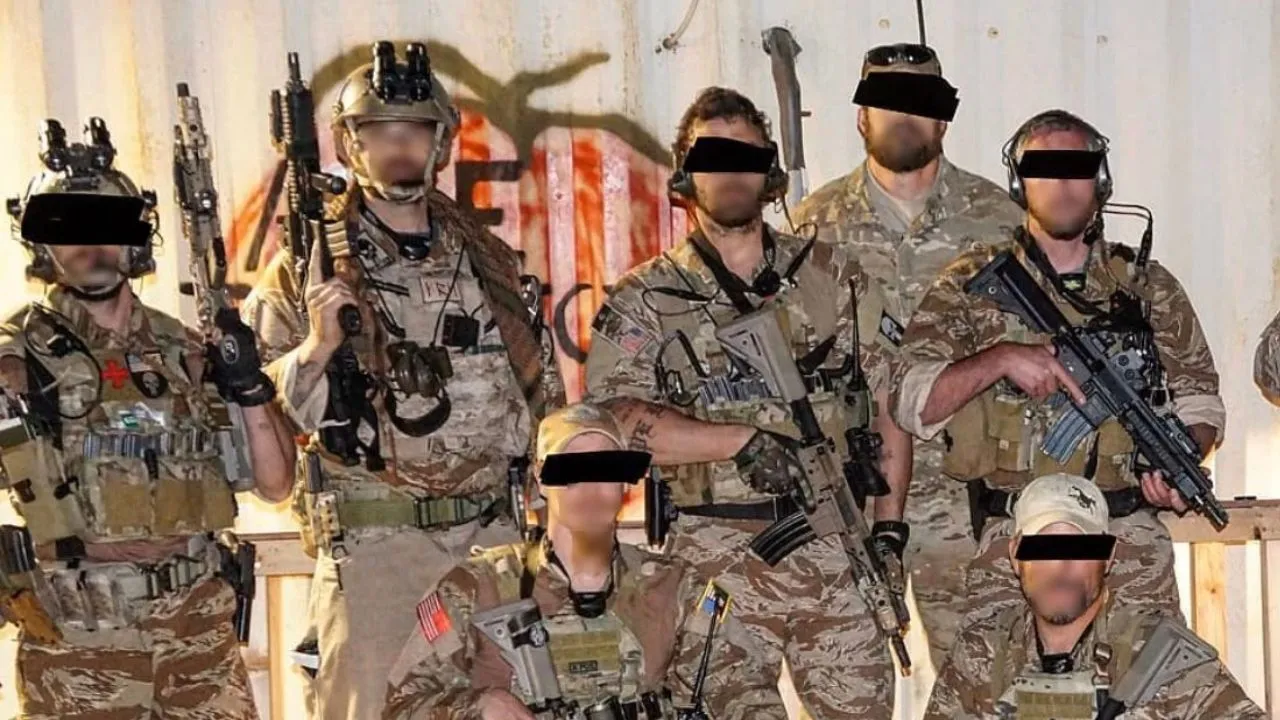wherearewegoing.net – The Central Intelligence Agency (CIA) is renowned for its sophisticated tactics and operations that span the globe. At the heart of its mission is the gathering and analysis of foreign intelligence to protect and advance U.S. national security interests. Among its arsenal of strategies, surveillance, sabotage, and secret missions stand out as critical tools in the agency’s toolkit.
Surveillance: The Eyes and Ears of the CIA
Surveillance is a cornerstone of the CIA’s intelligence-gathering efforts. This involves the monitoring and observation of individuals, groups, or nations to collect information that could impact U.S. national security. The CIA employs a variety of surveillance methods, including:
- Electronic Surveillance: Utilizing advanced technologies to intercept communications, such as phone calls, emails, and digital messages.
- Satellite Imagery: Leveraging satellites to capture high-resolution images of specific locations, providing valuable insights into activities on the ground.
- Human Intelligence (HUMINT): Recruiting and managing assets (informants) to gather information from within target organizations or countries.
Sabotage: Disrupting Threats Covertly
Sabotage is a tactic used by the CIA to disrupt or destroy the capabilities of adversaries without direct military engagement. This can involve:
- Economic Sabotage: Undermining the economic stability of a target nation through covert actions, such as manipulating financial markets or sabotaging key infrastructure.
- Psychological Operations: Employing tactics to demoralize or manipulate the perceptions and behaviors of enemy forces or populations.
- Physical Sabotage: Destroying or damaging critical infrastructure, weapons systems, or other assets to weaken an adversary’s capabilities.
Secret Missions: Operating in the Shadows
The CIA conducts secret missions that are often shrouded in secrecy due to their sensitive nature. These missions can include:
- Covert Operations: Undertaking activities that are denied publicly by the U.S. government, such as supporting rebel groups, conducting espionage, or engaging in regime change efforts.
- Counterterrorism: Working to identify, track, and neutralize terrorist threats, often through collaboration with foreign intelligence services and military forces.
- Intelligence Gathering: Deploying operatives to collect critical information in hostile or sensitive environments, using a combination of technical and human intelligence assets.
Ethical Considerations and Controversies
The use of surveillance, sabotage, and secret missions by the CIA has not been without controversy. Critics argue that these tactics can infringe on privacy rights, lead to unintended consequences, or violate international laws. The agency has faced scrutiny over its involvement in various covert actions, including assassinations, coups, and the use of torture during interrogations.
Conclusion
The CIA’s tactics of surveillance, sabotage, and secret missions are integral to its role in safeguarding U.S. national security. While these operations are critical in addressing global threats, they also raise important ethical and legal questions. As the geopolitical landscape continues to evolve, the CIA must navigate these challenges while upholding the principles of democracy and human rights.
